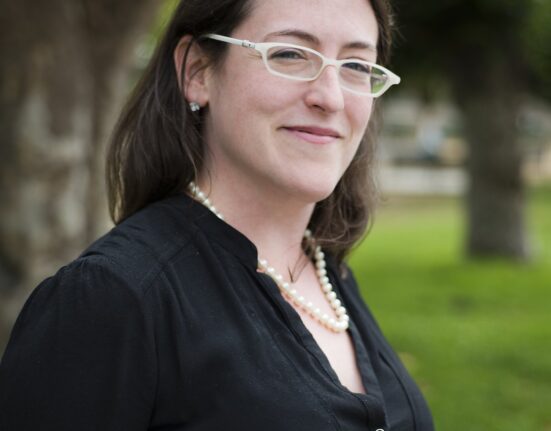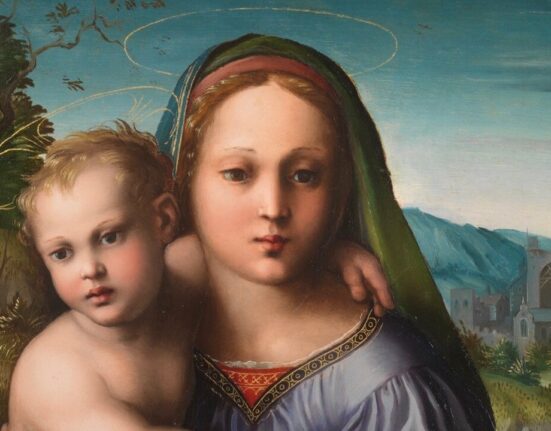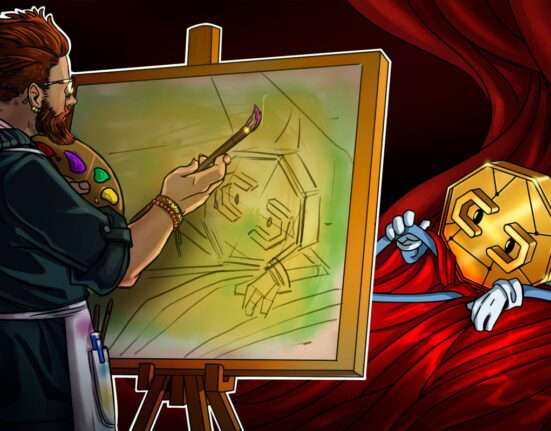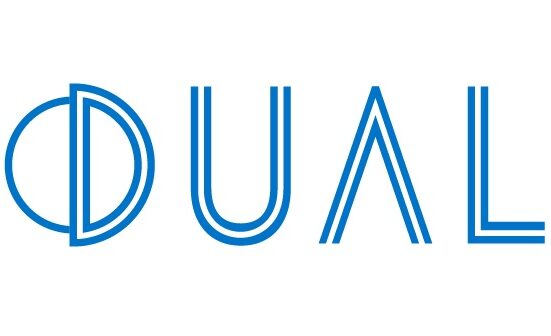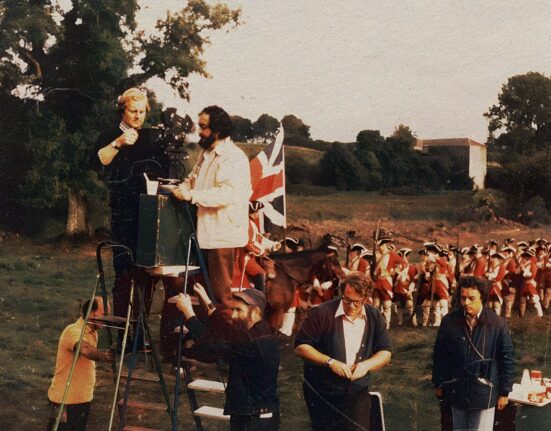MAASTRICHT, the Netherlands — Every March museum directors and curators from around the world flock to the European Fine Art Fair, held in a soulless convention center here. They come to look at the art, gauge the market and network with colleagues, collectors and trustees. But this year, barely 24 hours after the preview on Thursday, there were reports that more museums than usual were among the serious shoppers.
The quality is “better than last year,” said George Wachter, chairman of Sotheby’s old master paintings department worldwide.
Many dealers said that they believed that American museums in particular were feeling more flush than they had in past years because their endowments had been well invested in today’s rising stock market. Moreover, institutions like the Rijksmuseum in Amsterdam and the Royal Picture Gallery Mauritshuis in The Hague, which are poised to reopen after major renovations, have been evaluating their collections, making an effort to add a few new acquisitions before inviting the public in.
“There’s a new crop of curators, and they recognize gaps in their collections,” said Richard L. Feigen, a New York dealer and exhibitor, explaining that soon after the fair opened, he sold a marine painting by the 18th-century French artist Eugène Isabey to the Montreal Museum of Fine Arts.
“Museum board members have realized that this fair is a real opportunity that has to be seized,” Mr. Feigen added. “Or they’ll miss out.”
Despite the proliferation of art fairs from Dubai to Dallas, there is no event quite like the European fair because of the sheer breadth of what it has to offer. It is packed with about $5.2 billion worth of art and objects being offered by 265 dealers from 20 countries, representing every collecting category from antiquities to the 21st century. By the time the fair ends on Sunday, about 70,000 visitors are expected to have flocked to this small Dutch city.
During the opening weekend, a host of recognizable faces could be spotted, including Sheik Saud al-Thani of Qatar, as well as the Dallas collector Howard Rachofsky. Even Kanye West made an appearance, as did scores of museum officials, including Wim Pijbes, director of the Rijksmuseum; the Metropolitan Museum of Art trustees Mark Fisch and Leon D. Black; Timothy Potts, director of the J. Paul Getty Museum in Los Angeles; James Cuno, president and chief executive of the J. Paul Getty Trust; Emilie Gordenker, director of the Mauritshuis; and Michael Conforti, the director of the Clark Art Institute in Williamstown, Mass.
Among the highlights for sale at the fair: a $14 million Velázquez portrait; a $4.5 million marble sculpture of Peter the Great’s horse; an $80,000 18th-century gold, enamel and diamond watch hidden inside a skull; and a monumental $6 million sculpture by Jeff Koons.
Before the fair opened, the Met bought “Virgil’s Tomb in Moonlight,” a 1779 painting by Joseph Wright (Wright of Derby) that is on view here. It is the first British landscape the Met has bought since 1944.
“The importance of the painting for us is twofold,” Keith Christiansen, chairman of European paintings at the Met, wrote in an e-mail. “It is a major work by one of the most original painters of the 18th century, and it lays the groundwork for so much of what was to come. It is almost a shock to realize that the great moonlit landscapes of Caspar David Friedrich, which ‘Virgil’s Tomb’ immediately calls to mind, date from more than three decades later.”
The acquisition, approved by the Met’s board of trustees this month, was purchased from the Matthiesen Gallery in London, which had bought it at Sotheby’s in London in 2011 for $2.3 million. (Like most museums, the Met does not disclose prices of acquisitions.)
It isn’t the only work from the fair that may end up at the Met. The museum’s decorative arts curators have reserved a gilt copper-and-horn ewer and basin made for the Canon of Salzburg Cathedral that was designed by Martin Gizl and signed 1758, according to the Munich dealer Georg Laue.
The Mauritshuis also acquired a painting at the fair: “Saint Jerome Praying in a Rocky Landscape,” by the Flemish Baroque artist Paul Bril. Johnny Van Haeften, the London dealer, had bought the work at a Christie’s auction in London in December for around $764,000.
Many other museums have reserved paintings too, pending board approval (and perhaps the ability to raise the money to pay for them). The Los Angeles County Museum of Art has asked Otto Naumann, the Manhattan dealer, to reserve a powerful scene, “Apollo Flaying Marsyas,” from 1623, by the Dutch painter Dirck van Baburen, a follower of Caravaggio.
“I was so taken by the painting when I saw it,” said J. Patrice Marandel, chief curator of European painting and sculpture at the museum. “I knew there was a lot of interest in it both from collectors and other museums, so I asked Otto to hold it for us. It has such wall presence and will go well with our other Caravaggist paintings.”
As in past years, Mr. Naumann is getting considerable attention for displaying some of the fair’s stars. Besides the Baburen, a portrait of a man with a stiff white collar, by Velázquez, is hanging discreetly in his booth, where crowds are gathering. Mr. Naumann bought the portrait at a Bonhams auction in London in December, where he paid $4.7 million. Now that it’s been cleaned and studied, the price tag is $14 million. The Getty was among those said to be potential buyers. (Neither Mr. Potts nor Mr. Cuno would comment.) As of Monday, the flush-cheeked portrait was still unsold.
Some dealers reported brisker sales than last year. But, as usual, it’s difficult to form a consistent picture of just how good business really is. Christophe Van de Weghe, the New York contemporary-art dealer, said, “It’s day and night, compared to last year.” During the first two days of the fair, he said, he sold two paintings to collectors — an $8 million Picasso from 1964 and a $525,000 interior scene from 1990-96 by Roy Lichtenstein. But buyers are cautious, dealers say, taking their time and often haggling about prices.
For the past several years, the Modern and contemporary-art section has been suffering from the loss of several top galleries, including Acquavella, Pace and Michael Werner. In an effort to compete with fairs like Art Basel in Switzerland or Frieze in London, the organizers here are slowly making an effort to lure some major dealers back.
One that has returned is the Gagosian Gallery, which last showed here in 2006. This year it arrived with a selection of some artists it represents. Star among its offerings is a powerful photo-realist painting of Picasso from 2012 by Rudolf Stingel. Measuring more than 8-by-6-feet, the canvas is based on a 1932 photograph taken by Albert Eugene Gallatin depicting Picasso in a suit.
But the biggest crowd pleaser at Gagosian — and perhaps the entire fair — is Mr. Koons’s “Metallic Venus,” a nearly nine-foot-tall stainless-steel sculpture of a woman lifting her robe to expose her naked body. Every day crowds have been milling around the statue, with visitors posing for a picture next to the voluptuous Venus — a visual (and affordable) souvenir of their visit to the Netherlands.


